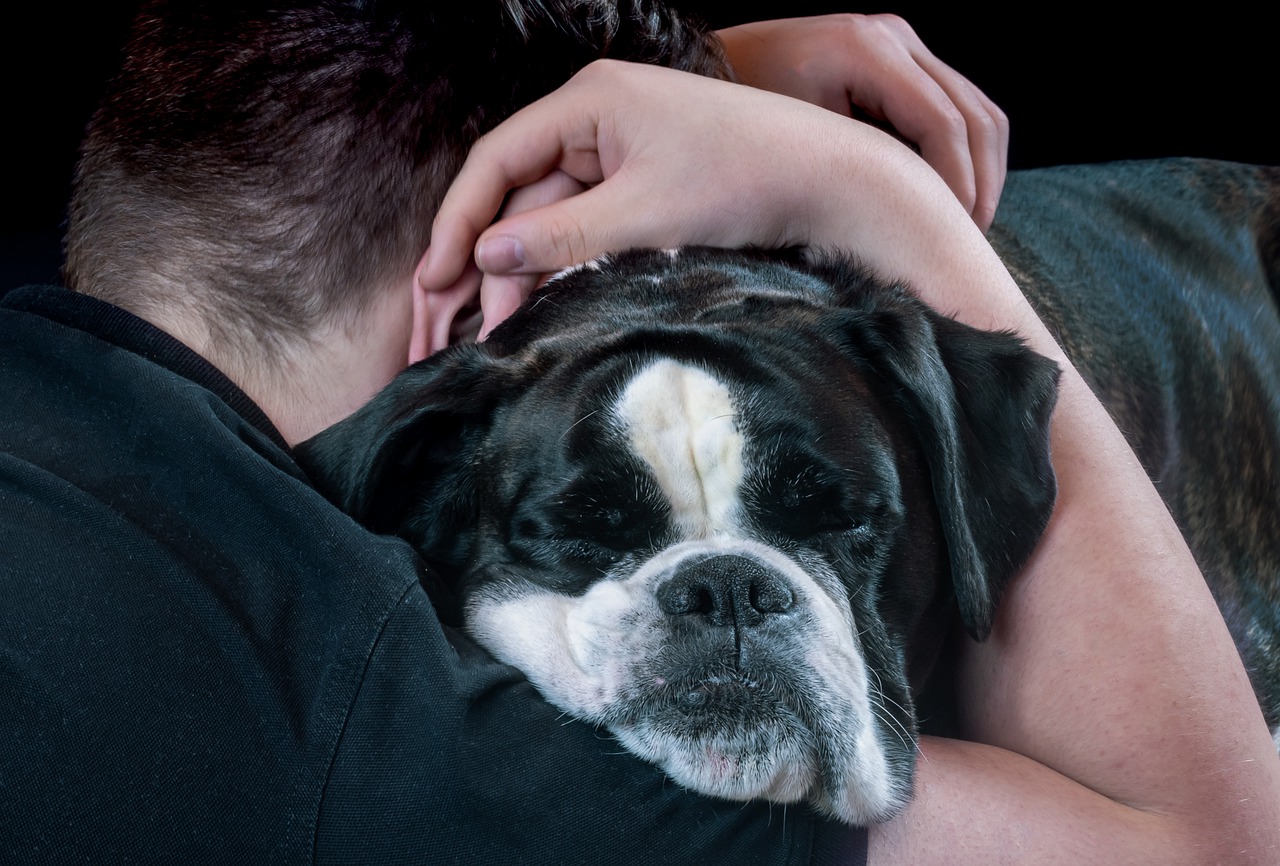End-of-Life Care
When to Say Goodbye
 Pet owners are similar to the animals they love so much – no two are exactly alike. But, despite our differences, most of us will share the sorrow of saying goodbye to a beloved pet. What makes this even more difficult is that our pets can’t tell us what hurts or if they don’t feel well. That leaves us with the weighty decision of how to handle their end-of-life care.
Pet owners are similar to the animals they love so much – no two are exactly alike. But, despite our differences, most of us will share the sorrow of saying goodbye to a beloved pet. What makes this even more difficult is that our pets can’t tell us what hurts or if they don’t feel well. That leaves us with the weighty decision of how to handle their end-of-life care.
Most of us hope that, when the time comes, our beloved pet will pass away peacefully in their sleep. That would take the most difficult decisions out of our hands and eliminate the agony of wondering whether it’s “the right time” or not. Unfortunately, that’s rarely the case, and waiting for it to happen can make things harder for you and your pet.
There isn’t a magic answer when it comes to end-of-life care. But Dr. Rebecca McComas, DVM, at MN Pets has guidelines to help you know when it could be time to say goodbye. Dr. McComas and her team of veterinarians provide compassionate in-home euthanasia services for people facing these decisions with the pets they love so much.
Dr. McComas recommends these three helpful factors when thinking about your pet’s health.
1. Pain and Suffering
This may seem obvious, but animals often try to hide their pain. Watch for signs that include:
- Hiding
- Avoiding human interaction
- Panting, trembling, or shaking
- A tucked or infrequently wagging tail
- Reduced appetite, even with tasty treats
- Bathroom accidents
- Eyes that seem glazed or vacant
- Resists moving or needs help getting up
- Makes spontaneous vocalizations
- Yelps, whimpers, or vocalizes when touched
- Has difficulty sleeping
- Infrequent grooming
- Persistent licking in one area of the body
Depending on the severity, your pet’s pain could improve with pain management and medication. However, chronic and uncontrolled pain can diminish your pet’s quality of life.
2. Quality of life
Quality of life describes your pet’s general well-being. You can often rely on your intuition in this area, as you know your pet better than anyone else. A few examples of quality of life changes include:
- Consistent weight loss
- Different vocalizations, like louder, softer, less, or more
- Not enjoying things they usually loved, like walks or car rides
- Not playing very often
- Displaying anxiety, confusion, or mental distress
- Having more “bad days” than good
- Not expressing themselves like they once did, “they just hadn’t been themselves”
Both illness and age can significantly impact your pet’s quality of life.
3. Being Able to Take Care of Your Pet
It isn’t easy caring for a pet as they near the end of their life. Unfortunately, for many people, these very common considerations can cause significant distress. However, their real factors that shouldn’t be ignored, such as:
- Home or work obligations that interfere with your ability to care for your pet
- The financial demands of ongoing veterinary treatments or medical interventions
- Severe behavioral issues (like aggression) that can jeopardize others
- Inappropriate elimination, which can impact the relationship you have with your pet
Even with these guidelines, end-of-life care can be overwhelming. But you don’t have to make these decisions alone. Talk to your vet or contact MN Pets, where they have support specialists who can help you navigate this difficult and painful process.

